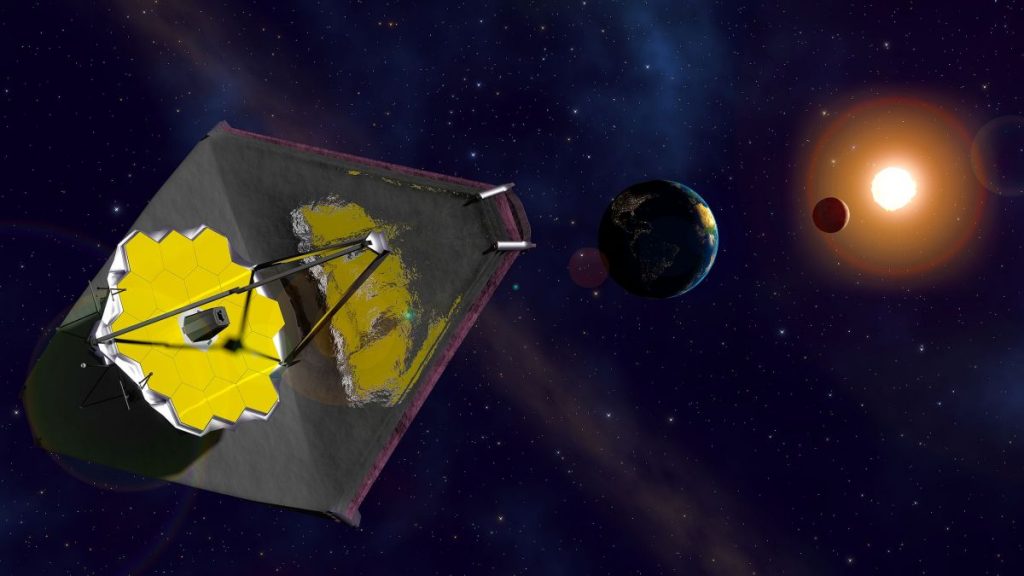An exoplanet hunter and first-light detector on NASA’s next-generation space telescope is ready to do science, six months after the observatory launched to space.
The $10 billion James Webb Space Telescope is completing commissioning by testing its four cutting-edge instruments and their various modes, which will enable Webb to study both distant galaxies and closer-up objects in the Milky Way or solar system.
Now one of those instruments is ready for operations as Webb officials prepare to release the observatory’s first operational images on July 12. (Precisely what objects those first images will show are a secret.)
Called the Near-Infrared Imager and Slitless Spectrograph instrument (NIRISS), the device, a Canadian contribution, “is performing significantly better than we predicted,” principal investigator René Doyon, an exoplanet researcher and astronomical instrumentation expert at Université de Montréal, said in a NASA statement (opens in new tab).
Live updates: NASA’s James Webb Space Telescope mission
Related: How the James Webb Space Telescope works in pictures
NIRISS will work alongside Canada’s fine guidance sensor (FGS), which allows the telescope to point precisely at targets from its deep-space location. Doyon, also principal investigator of FGS, said he is eager to see the new science.
“I am pinching myself at the thought that we are just days away from the start of science operations, and in particular from NIRISS probing its first exoplanet atmospheres,” Doyon added in the NASA blog post from Monday (June 27).
Both FGS and NIRISS were built by Honeywell and funded by the Canadian Space Agency. As a result of these contributions, Canadian researchers have a guaranteed share of the science on Webb, which will face a steep competitive proposal process throughout the observatory’s projected 20 years of operations.
The last NIRISS mode to be fully ready for science was “single object slitless spectroscopy.” This mode allows the instrument to separate incoming light from a distant object, measuring the amount of light at specific wavelengths.
Since elements have a distinctive light signature (spectrum), this mode of observations on NIRISS will allow researchers to infer what elements are present in an exoplanet‘s composition. In giant planets, for example, Webb may be able to see trace elements of oxygen or other elements that are common in the solar system.
Such observations work by observing a planet as it passes between its star and the telescope, or transits. By comparing observations of the star during and not during a transit, scientists can chalk chemical differences up to an atmosphere on the planet.
Webb launched into space Dec. 25, 2021. You can follow along with the instrument mode “check-off” list on the “Where is Webb” NASA webpage (opens in new tab). The full list of Webb’s first cycle of observations is available at this website (opens in new tab) from the Space Telescope Science Institute in Baltimore, which runs Webb operations.
Follow Elizabeth Howell on Twitter @howellspace (opens in new tab). Follow us on Twitter @Spacedotcom (opens in new tab) and on Facebook (opens in new tab).

